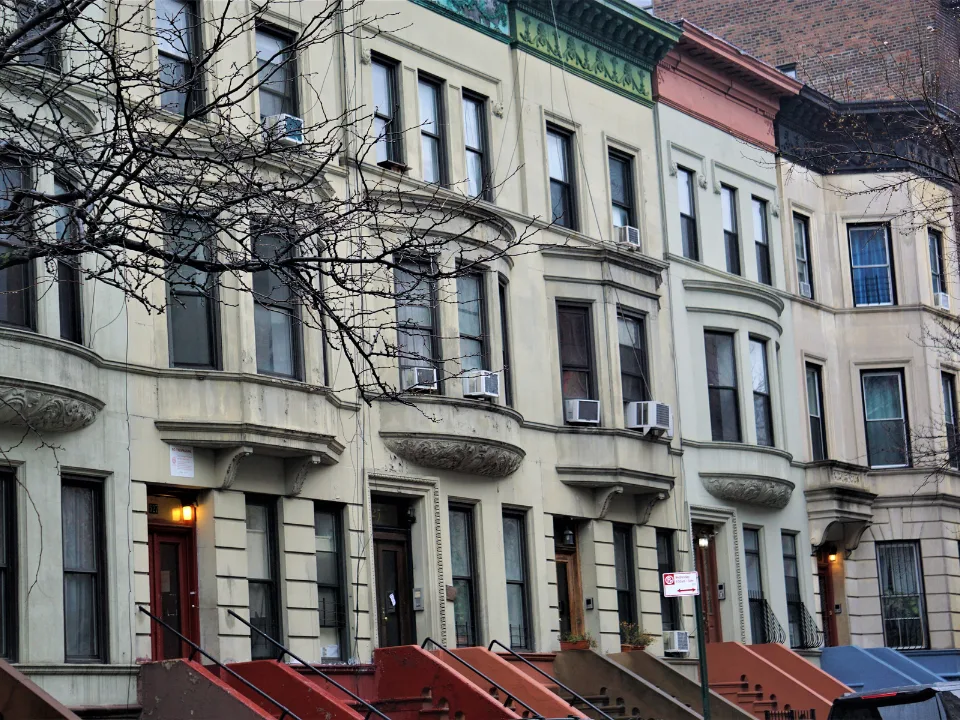- High interest rates are dampening the self-storage sector’s performance, despite typically strong seasonal demand.
- National average asking rents slipped 4.5% from last year, from $17.36 to $16.44. Self-storage REITs saw the worst declines.
- The supply of self-storage units under construction remained steady at 3.6% of existing stock.
According to a Yardi Matrix self-storage national report, street rates for self-storage units (the monthly rates quoted to potential new tenants), fell across all top metros in May, as reported on Globest.
Annual Trends
Despite a typical seasonal uptick, the sector’s performance is being dampened by high interest rates and broader economic conditions.
The national average annualized same-store asking rent dropped 4.5%, from $17.36 in May 2023 to $16.44 this year. Self-storage REITs recorded the biggest declines, with same-store rents at stabilized properties down 6.7% compared to -3.5% for non-REIT competitors.
Monthly Metrics
Many high-growth markets in the Sunbelt are seeing weak annualized street rate performance due to a recent influx of new supply.
However, on a monthly basis, nearly all top metros saw positive rent growth in May, with national average combined street rates per square foot inching up 0.6% (or 10 cents) compared to April. Same-store PSF street rates were up MoM in 28 of the top metros Yardi tracks.
The report noted that street rates are returning to their normal seasonal patterns, showing stronger growth from April to May this year compared to 2023.
Regional Variations
Austin recorded the highest monthly rent gains thanks to cooling new supply delivery. Meanwhile, NYC remained resilient with just a 1.5% YoY rent decline for 10×10 non-climate-controlled units in May.
In contrast, Atlanta had some of the weakest street rate growth, with storage asking rates falling 8.4% annually. The city’s healthy population growth, however, could benefit long-term supply-demand dynamics.
Overall, lease-up supply slowed down nationally, with Philadelphia adding the most new supply over the past three years. Some markets, like Denver, Seattle, and Nashville, also saw significant rent growth due to a decline in lease-up square footage. The new supply pipeline remained relatively flat from April, equal to 3.6% of existing inventory through the end of May.
Since 2023, more than half of the top 30 markets have seen an increase in under-construction activity, particularly in Tampa, Charleston, Nashville, and the Inland Empire. Orlando recorded the largest decline in construction, though it still led the nation in under-construction activity among the top 30 metros.


















